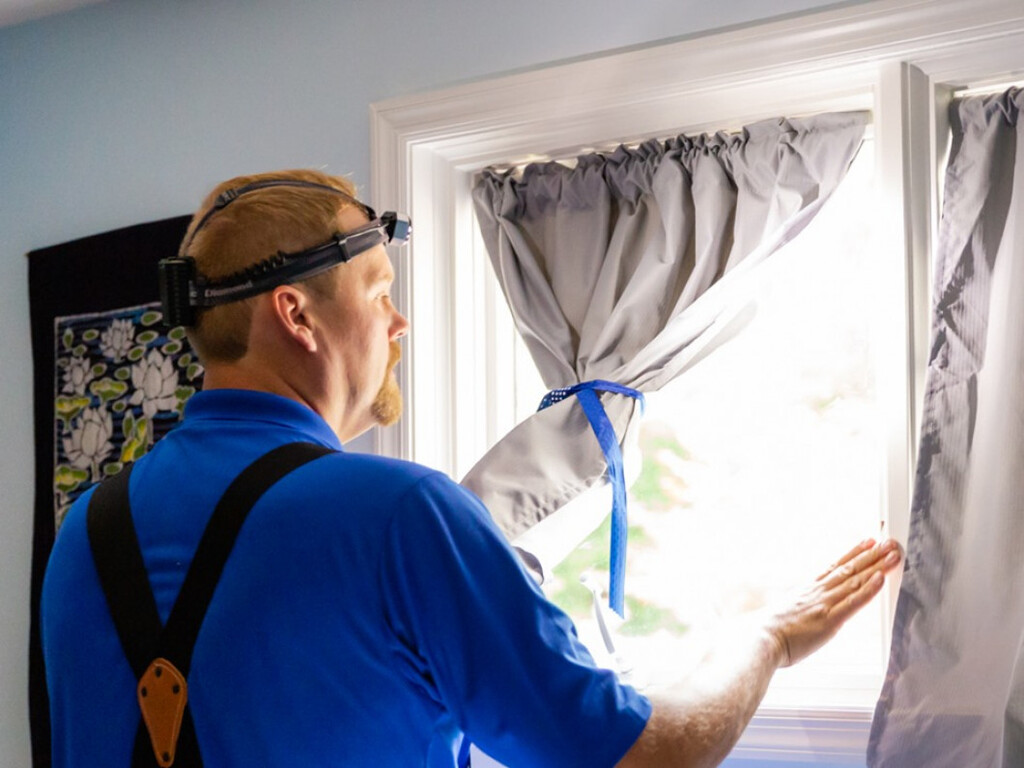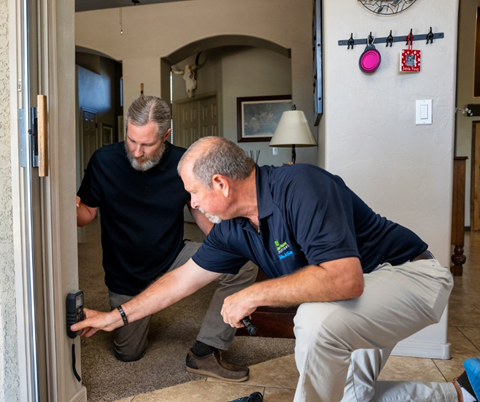How Mycotoxin Testing Assists Stop Contamination and Safeguard Food Products

Mycotoxin screening is a vital technique in the food market, serving as a frontline protection versus contamination by harmful toxic substances created by mold and mildews. Via the application of sophisticated methods like High-Performance Liquid Chromatography (HPLC) and Fluid Chromatography-Mass Spectrometry (LC-MS), food manufacturers can accurately evaluate and spot mycotoxin levels in agricultural items.
Recognizing Mycotoxins
Comprehending mycotoxins begins with acknowledging that they are hazardous additional metabolites created by specific mold and mildews, which can infect farming products. These metabolites are not vital for the growth or reproduction of the fungis yet can have severe implications for human and animal health and wellness. Mycotoxins are typically found in staple crops such as corn, wheat, barley, and nuts, where they can multiply under certain conditions of moisture and temperature level.
There are numerous sorts of mycotoxins, each produced by various fungal types. Aflatoxins, created by Aspergillus species, are amongst the most notorious, recognized for their cancer causing properties. An additional considerable group consists of ochratoxins, created by Aspergillus and Penicillium species, which have nephrotoxic results. Fusarium varieties generate fumonisins and trichothecenes, both of which are related to various intense and persistent health concerns.

Risks of Mycotoxin Contamination
The risks of mycotoxin contamination are complex, presenting considerable risks to both food safety and public wellness. Mycotoxins, harmful compounds generated by specific sorts of fungis, can pollute a wide variety of farming products including cereals, nuts, spices, dried out fruits, and coffee. When these toxic substances infiltrate the food supply, they can bring about severe health concerns such as liver damage, kidney failing, and even cancer cells. Prone populations, including youngsters, the elderly, and immunocompromised people, are especially in danger.
Economic effects are an additional major issue. Infected crops can lead to significant financial losses for farmers and food producers as a result of reduced yields and the requirement for pricey decontamination steps. Global trade can be substantially prevented as countries implement stringent mycotoxin regulations to safeguard their populaces, leading to denied shipments and strained profession relationships.
Environmental elements such as environment adjustment aggravate the risk of mycotoxin contamination. Variations in temperature level and humidity can develop positive problems for fungal development, increasing the probability of contamination occasions. Thus, understanding and reducing these threats are crucial for making sure the security and honesty of global food materials.
Techniques of Mycotoxin Evaluating
Precisely determining mycotoxin contamination in agricultural products is vital for protecting public health and wellness and preserving food security requirements. Numerous techniques are utilized to discover and measure mycotoxins, each offering particular advantages and restrictions.
High-Performance Liquid Chromatography (HPLC) is an extensively utilized technique because of its high sensitivity and accuracy. It includes dividing mycotoxins from other materials in an example, allowing accurate quantification. In A Similar Way, Fluid Chromatography-Mass Spectrometry (LC-MS) integrates liquid chromatography with mass spectrometry to offer thorough molecular info, making it particularly useful for recognizing several mycotoxins all at once - Mycotoxin testing Services.

Gas Chromatography-Mass Spectrometry (GC-MS) and Thin-Layer Chromatography (TENDER LOVING CARE) are additionally utilized, each with unique applications. GC-MS works for unstable mycotoxins, while tender loving care supplies a less complex, affordable option for preliminary testing.
Advantages of Routine Evaluating
Regular screening for mycotoxins in farming products offers countless advantages, considerably adding to public health and food safety and security. By determining contamination early, regular screening assists avoid the circulation of hazardous foods, thus reducing the threat of mycotoxin-related ailments among consumers. This positive method not just safeguards human health and wellness but additionally improves the general quality of food products.
Constant testing likewise supports regulative compliance. Various countries and regions have actually established rigorous limitations for mycotoxin degrees in food and feed. Abiding by these restrictions with normal testing makes certain that producers and distributors fulfill legal requirements, thereby preventing fines and trade obstacles. Preserving conformity fosters consumer trust fund and brand name credibility, which are essential for market success.
In addition, normal mycotoxin testing can lead to considerable economic benefits. Early discovery of contamination allows for timely treatment, reducing potential losses from navigate to these guys extensive contamination. Applying normal screening methods can also reduce recall prices and relevant responsibilities, which can be economically ravaging.
Moreover, routine screening supplies useful information that can educate far better farming techniques and storage conditions. By understanding patterns of contamination, producers can adopt precautionary actions, therefore lowering future dangers and find more info adding to the sustainability of the food supply chain.
Carrying Out Evaluating Procedures
Applying efficient mycotoxin testing protocols is crucial for making certain the security and quality of farming items. Each phase needs to be scrutinized to determine where mycotoxin contamination is most likely to occur.
As soon as vital control points are recognized, selecting ideal screening techniques is vital. Usual strategies include enzyme-linked immunosorbent assay (ELISA), high-performance liquid chromatography (HPLC), and mass spectrometry (MS) Each method has its toughness and weaknesses; hence, choosing the right one relies on the particular mycotoxin being examined, the required sensitivity, and readily available resources.

Finally, integrating the screening protocols right into a comprehensive food safety and security administration system is suggested. This improves traceability and makes it possible for quick rehabilitative actions when contamination is detected, consequently safeguarding the stability of the food supply chain.
Conclusion
Mycotoxin testing is necessary in preventing contamination and protecting food materials by making it possible for very early detection of dangerous toxins created by molds in farming items. Regular testing enhances brand name reputation, financial security, and trust fund in food security by decreasing contamination-related losses and keeping high criteria in food manufacturing.
Mycotoxin screening is a crucial go to website technique in the food sector, offering as a frontline protection versus contamination by damaging toxic substances created by mold and mildews. An incorporated technique including agricultural practices, storage management, and normal screening can minimize the threats linked with mycotoxin contamination, making sure food security and public health and wellness.
The risks of mycotoxin contamination are multifaceted, positioning considerable dangers to both food security and public health and wellness.Regular testing for mycotoxins in agricultural products offers numerous advantages, significantly adding to public health and wellness and food safety.Mycotoxin testing is essential in protecting against contamination and securing food materials by enabling early discovery of unsafe contaminants created by mold and mildews in agricultural products.
Comments on “The Role of Mycotoxin testing Services in Food and Feed Safety”